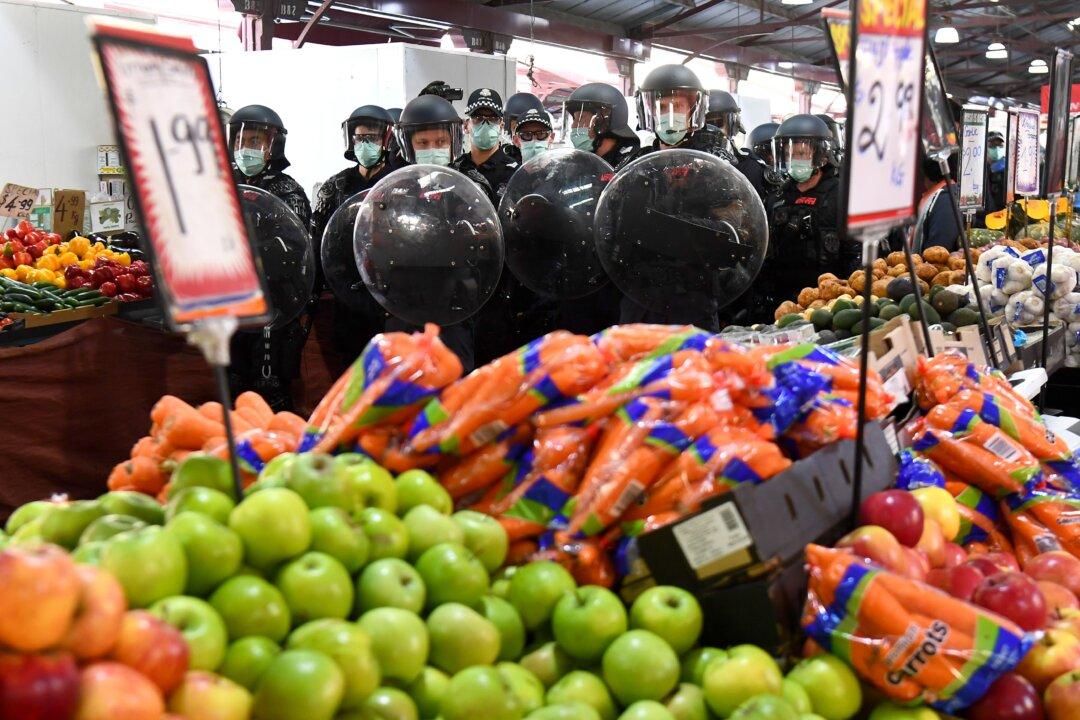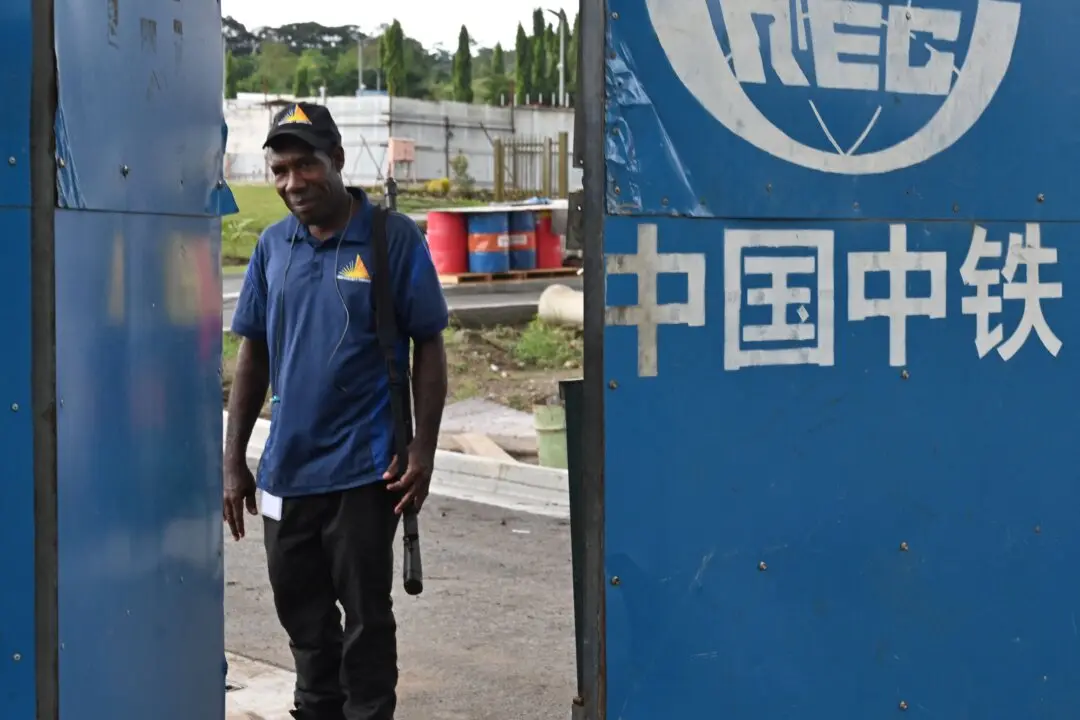Economic modelling by Melbourne-based Institute of Public Affairs (IPA) has found COVID-19 elimination strategies in Australia could cost the country $319 billion, or 23 percent of national GDP from this year until 2022.
The cost of eliminating the virus via harsh lockdowns is 2.2 times the total annual value of the Australian government’s 2018-19 spending on defence, education, health, and welfare combined.





